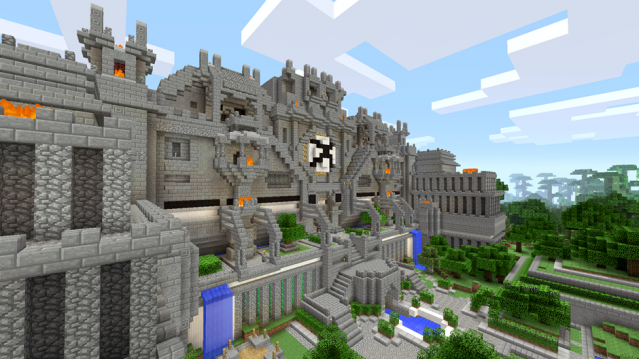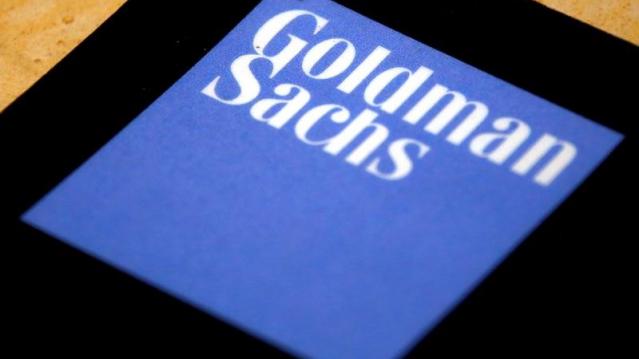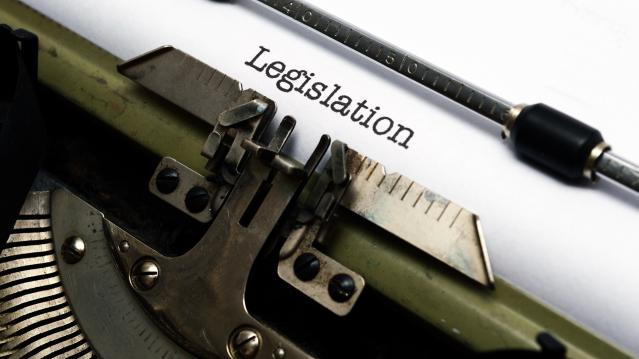How Big Is Your Screen? Minecraft Brings Its Game to Movie Theaters in the U.S.
The Minecraft sandbox just got a whole lot bigger.

This summer, one of the most popular games in the world may be coming to a movie theater near you. But you can play only if you’re between the ages of 7 and 17.
With over 100 million registered users, there is nothing virtual about Minecraft’s success. Microsoft paid $2.5 billion to purchase the game and its developer, Mojang, last year. This summer, startup Super League Gaming is giving young fans a chance to play the game in movie theaters. SLG has partnered with four major movie theater chains—Regal Entertainment Group, AMC Theatres, Cinemark Theatres and iPic Theaters—to bring the shared experience of a 100-minute Minecraft game to thousands of kids in 25 cities at more than 80 theaters.
For theater owners, it’s an attractive way to generate more revenue. They can sell more seats and they get to keep a larger percentage of the gross from league ticket sales than from movie ticket sales. With overall box office receipts in decline, theater owners are searching for new ways to fill theater seats. The summer of 2014 was the worst summer for movies since 1997, with a 15 percent decline of $3.9 billion from 2013. With the $204 billion opening of Jurassic World in June, theater owners are cautiously optimistic for 2015.
SLG president and co-founder Brett Morris told Fortune that “theaters want to be a destination for all entertainment, and there’s not a better next-gen entertainment option than gaming.” The summer games series taps into the kids who already spend hours playing Minecraft and watching Minecraft YouTube videos online.
After purchasing tickets online for $20 each, gamers will bring their own fully-charged laptops (which must be already loaded with Minecraft version 1.8 or above) to the movie theater. Once there, they can form teams and play the game in small groups on their laptops. They also can watch the entire playing field on the movie screen as teams play in real time.
For the kids, it’s a way to socialize—and strategize. Kids can be as loud as they want, compare builds, grab snacks, and move around inside the theater.
Plans for a fall league are already under way, with 150 theaters in 18 states signed up to participate. Each six-week league session costs $120, with gamers playing once a week. SLG is also going international, with gaming events in China and Canada.
Everyone else will have to wait for Minecraft, the movie, which is currently in development at Warner Bros.
Goldman Sachs Says Corporate Tax Rate Cuts May Get Phased In

Despite the challenges the Republican tax overhaul faces, Goldman Sachs still puts the chances of a plan becoming law by early next year at about 65 percent — but its analysts see some substantial changes coming before that happens. “The proposed tax cut is more front-loaded than we have expected; official estimates suggest a tax cut of 0.75% of GDP in 2018. However, we expect the final version to have a smaller near-term effect as competing priorities lead tax-writers to phase in some cuts—particularly corporate rate cuts—over time,” Goldman said in a note to clients Sunday.
The Hidden Tax Bracket in the GOP Plan

Politico’s Danny Vinik: “Thanks to a quirky proposed surcharge, Americans who earn more than $1 million in taxable income would trigger an extra 6 percent tax on the next $200,000 they earn—a complicated change that effectively creates a new, unannounced tax bracket of 45.6 percent. … The new rate stems from a provision in the bill intended to help the government recover, from the very wealthy, some of the benefits that lower-income taxpayers enjoy. … After the first $1 million in taxable income, the government would impose a 6 percent surcharge on every dollar earned, until it made up for the tax benefits that the rich receive from the low tax rate on that first $45,000. That surcharge remains until the government has clawed back the full $12,420, which would occur at about $1.2 million in taxable income. At that point, the surcharge disappears and the top tax rate drops back to 39.6 percent.”
Vinik writes that the surcharge would have affected more than 400,000 tax filers in 2015, according to IRS data, and that it could raise more than $50 billion in revenue over a decade. At a Politico event Friday, House Ways and Means Chairman Kevin Brady said the surcharge, sometimes called a bubble rate, was included to try to drive more middle-class tax relief.
Read the Republican Tax Bill, Plus the Talking Points to Sell the Plan

House Republicans on Thursday released a 429-page draft of their "Tax Cuts and Jobs Act." Read the bill below, or scroll down for the House summary or a more digestible GOP list of highlights.
Another Analysis Finds GOP Tax Plan Would Balloon Deficits
A study by the University of Pennsylvania’s Wharton School, using the Penn Wharton Budget Model (PWBM), finds that three modeled versions of the plan would raise deficits by up to $3.5 trillion over 10 years and as much as $12.2 trillion by 2040. The lowest-cost plan modeled in the study — a version that would tax corporate income at 25 percent instead of the GOP’s proposed 20 percent and pass-through income at 28 percent instead of 25 percent, among a host of other assumptions and tweaks — would lose $1.5 trillion over 10 years, or $1 trillion after accounting for economic feedback effects. (The budget adopted by Republicans last week allows for up to $1.5 trillion to the added to the deficit.) The study also found that workers’ wages would increase by about 1.4 percent over a decade, far shy of the estimated benefits being claimed by the White House.
The Budget Vote May Depend on a SALT Deal
House GOP members concerned about the proposal to repeal the deduction for state and local taxes are supposed to meet with party leaders Wednesday evening. They’re reportedly looking to reach a compromise deal to keep the tax break in some form — and the budget vote might be at stake, Bloomberg reports: “House Republicans hold 239 seats and need 217 votes to adopt the budget — a critical step to passing tax changes without Democratic support. That means 23 defections could sink the budget resolution — assuming no absences or Democratic support.”
